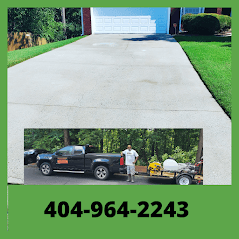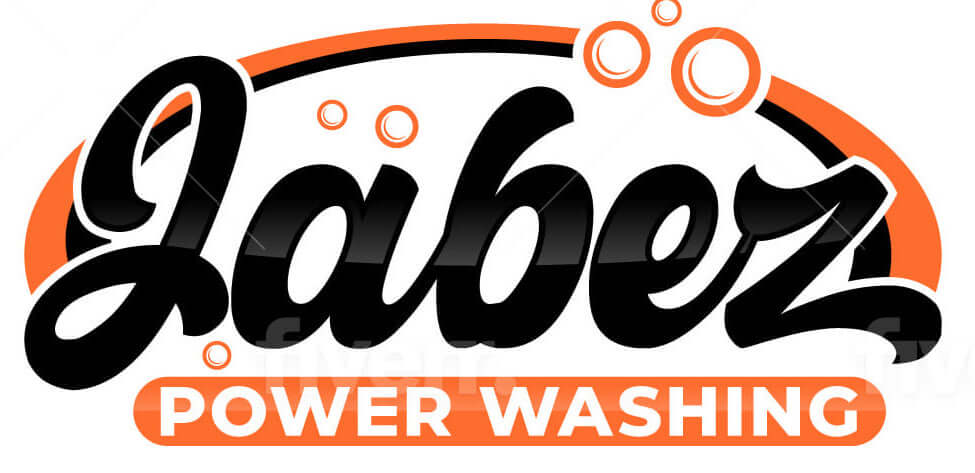
Pressure washing is a process of using high-pressure water to remove dirt, grime, and other contaminants from a surface. This method is often used to clean the exterior of buildings, sidewalks, decks, and other outdoor structures, as well as vehicles and machinery.
Pressure washing can be an effective way to restore the appearance of a surface and remove stains that cannot be removed through regular cleaning methods. It is also a good way to remove mold, mildew, and other forms of bacteria that can grow on surfaces exposed to moisture.
To pressure wash a surface in a systematic pattern, it is important to follow a few steps:
-
Start by thoroughly rinsing the surface with water to remove loose dirt and debris.
-
Next, mix a cleaning solution according to the manufacturer’s instructions. This solution will typically include water and a cleaning agent, such as a detergent or degreaser.
-
Use a pressure washer to apply the cleaning solution to the surface. Start at the top of the surface and work your way down, using overlapping strokes to ensure even coverage.
-
Allow the cleaning solution to sit on the surface for a few minutes to allow it to work its way into the dirt and grime.
-
Rinse the surface with water, using a high-pressure setting on the pressure washer. Make sure to rinse off all of the cleaning solution to avoid leaving any residue on the surface.
-
Repeat the process if necessary, until the surface is clean and free of dirt and stains.
